If you’re considering joining yoga, you are in the right place at the right time. Yoga has a rich history; it originated from India in 2700 B.C.E, and it spread all over the west a century ago. Many people considered it an exercise and fitness, but that is not the case; yoga’s philosophy transforms one’s life into their daily experiences.
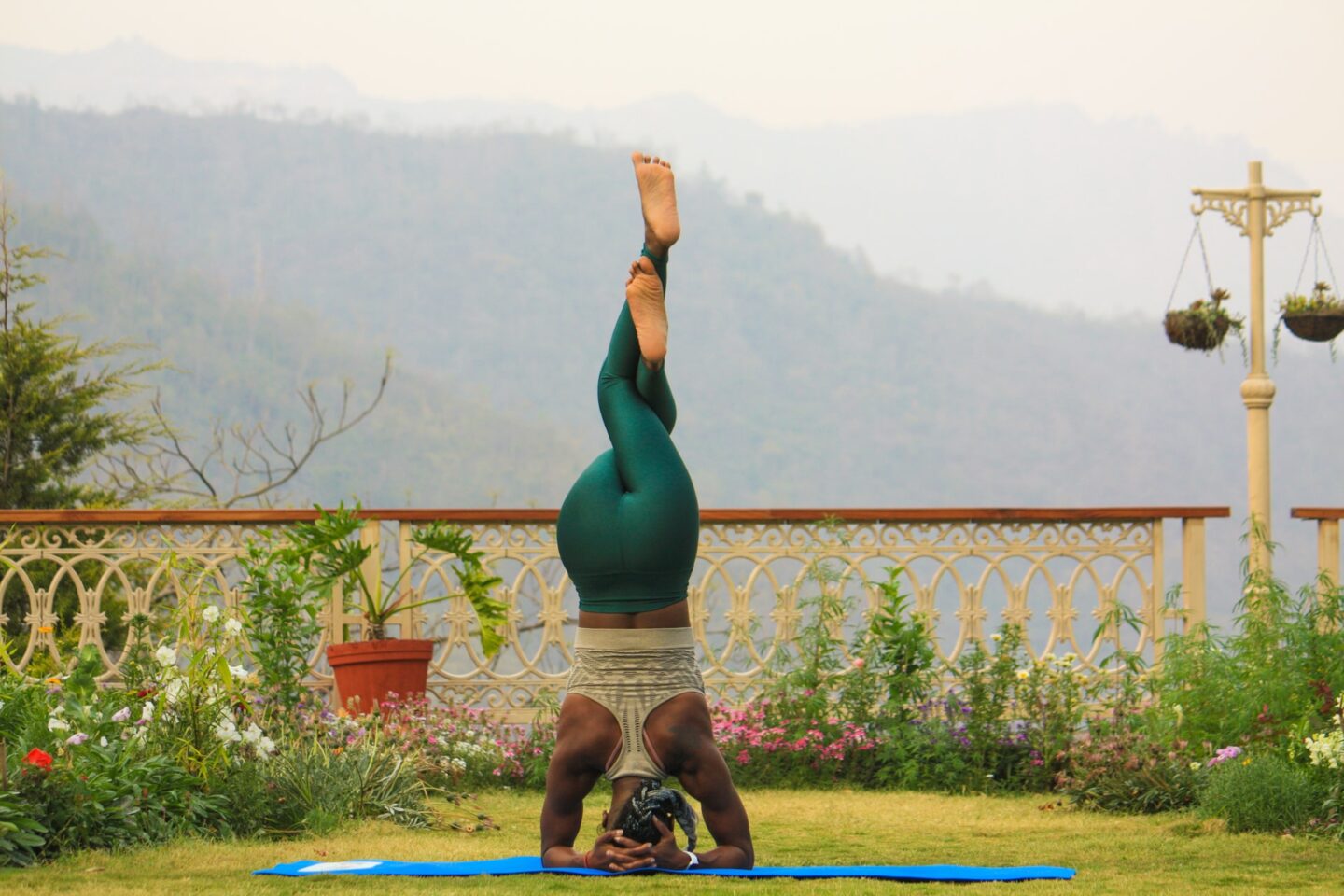
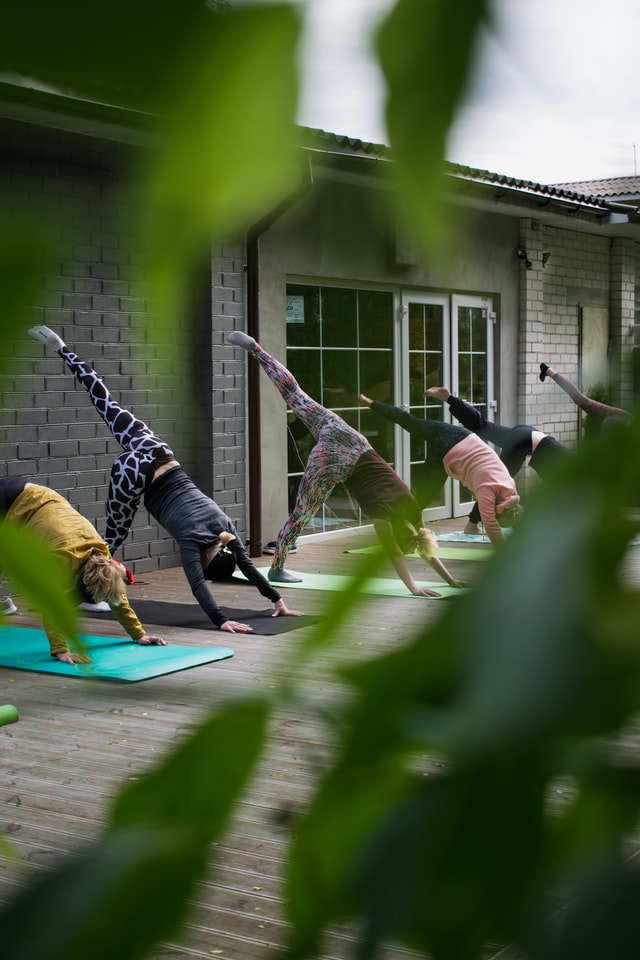
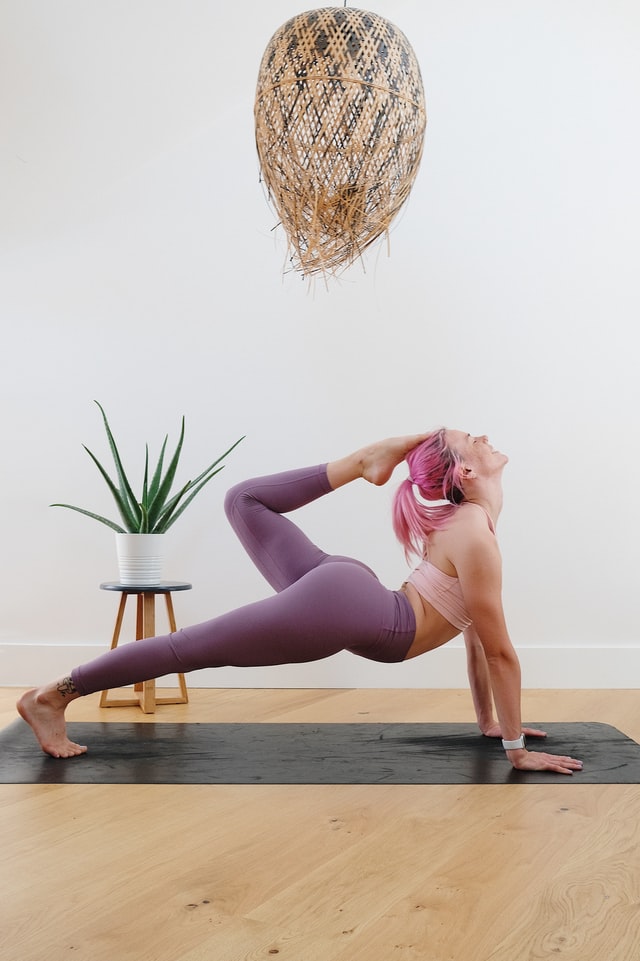
Yoga has gone through four phases before becoming a worldwide exercise brand.
1. Pre-classical Phase
Yoga was started by Vedic priests in northern India 5000 years ago. The practice was taught as an oral philosophy. The philosophy was after enhancing internal wisdom and self-knowledge. Therefore, the practice was purely based on beliefs but not the exercising element. Being a religious practice, its decoration was put into writing known as Upanishads, which has around 200 scriptures. One of the ancient scriptures is The Bhagavad Gita.
Now that there were so many scriptures, a protocol was required, and this where Patanjali comes in. Patanjali is commonly referred to as the “father of yoga” in the yoga corridors. Patanjali compiled 196 Indian verses of the old notions of yoga. This was to give yoga a consistent message. The book is known as Yoga Sutras and provides “the eight limbs” for enlightenment and self-knowledge.
2. Post-classical Phase
After Patanjali’s doctrines, yoga needed fresh air, the post-classical phase. More people came up with other ideas that suggested better ways of attaining the sort of enlightenment. In other words, enlightenment is not only based on mental prowess. In the post-classical phase, Tantra yoga practice was developed. That meant that the mind and entire body should be involved in any enlightenment; hence, they must be cleansed.
Tantra practice incorporated various Indian religions such as Buddhism and Hinduism. It came with the holistic approach in which the practitioners incorporated ancient writings, yoga’s rituals, meditation, and physical practice. The Tantra ideas are even practiced in some areas today.
3. Modern Phase
Yoga started to evolve; in this phase, it moved from east to west. T. Krishnamacharya is responsible for bringing yoga to the United States in the 1930s. The type of yoga that was brought to the United States is called Hatha yoga. Meaning, a body and mind yoga. Since yoga was a rising trend in the US, Krishnamacharya became popular and acquired many students. One of his first students was Pattabhi Jois and B.K.S Iyengar.
B. K.S Iyengar is one of the popular students of yoga. His doctrine contains more than 200 yoga poses that come with multiple styles to boost one’s healing. The doctrines were designed to develop a robust, healthy mind, spirit, and body. Krishnamacharya also used props such as blocks and straps to enable his students to make certain poses. The primary target of all these incorporations is to build the body’s mobility, strength, and stability—his efforts Hatha Yoga the most popular yoga in the western till today.
4. Current Phase
To conclude the history of yoga discussion, how did an event that started in India 5000 years ago become one of the world’s popular activities? It should be noted that people used to flock into local gyms for workouts and boost their physical stability. Weight lifting and other aerobic exercises made it difficult for some people. Remember, owning a gym is an expensive affair. Also, paying for a gym is another expensive affair.
This is where yoga came in and filled the gap. Yoga is not expensive, and one can do it alone. Besides, unlike gym exercises that affect specific body parts, yoga impacts various body parts. Therefore, yoga has to be popular since it’s cost-effective, not hectic and boosts various body parts.
Things You Need To Have Before Doing Yoga
If you are a newbie, there are many things you need to have before either doing yoga or joining a yoga class. There are two ways to practice yoga; this can be via video or studio. When you are totally new to yoga, it’s advisable to start with the studio. This is because the studios tend to have in-person instructors that will prescribe you a personalized schedule and routine for different poses.

But if you don’t have a studio in your area or your schedule does not entertain studio classes, you should start with online video classes. But you need to search for beginner-oriented yoga instructors. The instructions should be safe, clear, and methodological. The classes should also involve lots of verbal directions. In your classes, what are you supposed to have?
Before you commence your yoga classes, there are critical details that you should have in mind.
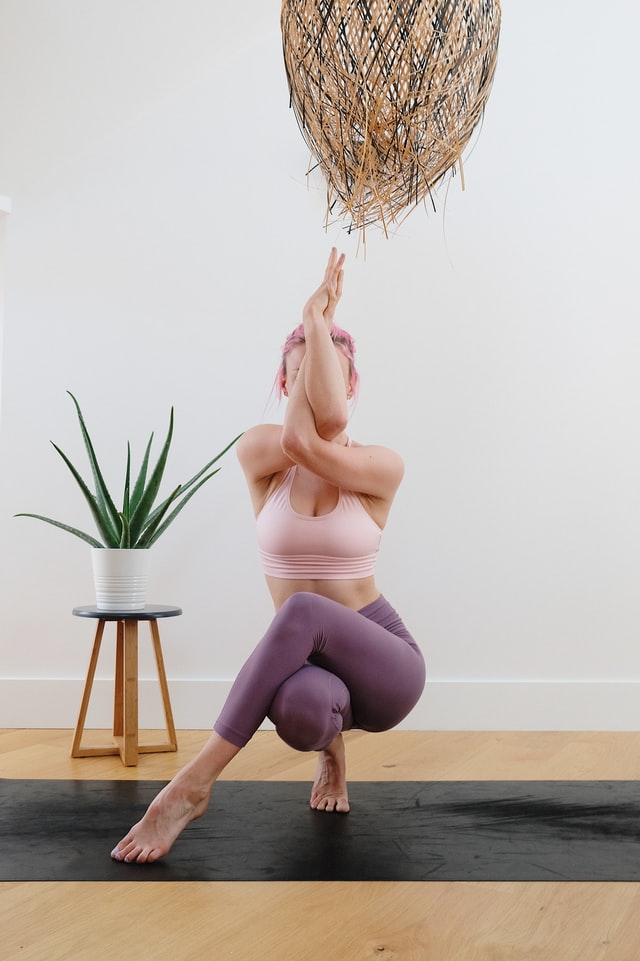
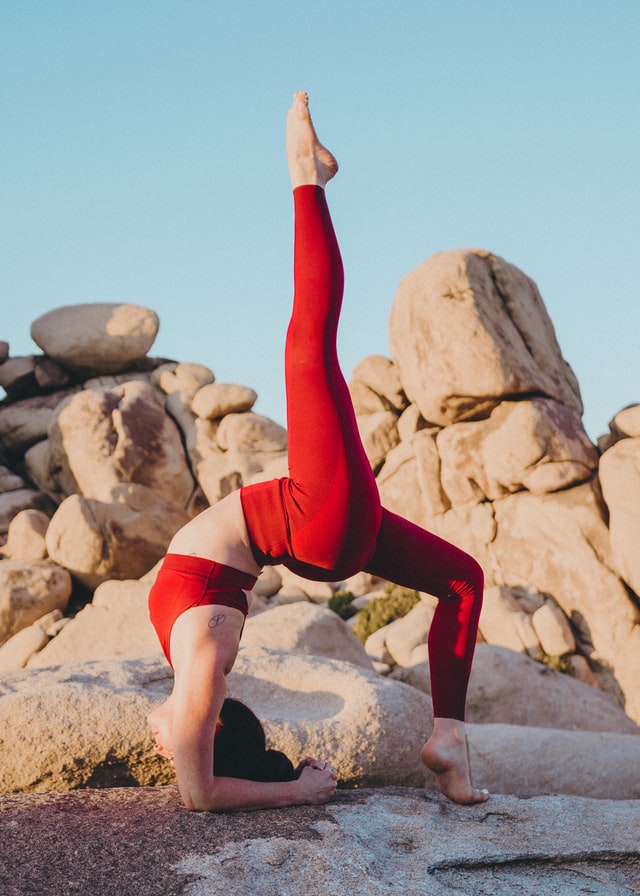
The Items You Need For Your Yoga Classes
1. Shoes: It should be noted that yoga is mostly done barefoot. Occasionally, you will find people using some types of socks or shoes, but this is often associated with a medical condition or an injury. The most recommendable yoga shoes are special yoga socks. The socks contain non-slip grips on their bottom, which grabs the mat and prevents the feet from slipping.
2. Pants: There are various types of yoga pants, don’t go to the expensive ones. All you need is stretchable pants. You can use longer, shorter, high waist, falling, or looser pants.
3. Tops: A little bit fitted shirt works well with yoga. On the other hand, loose-fitted workout shirts or big baggy shirts are not best since they slide whenever you are bending. Sleeveless tops are the most recommended since they provide freedom of movement of shoulders and arms.
4. Mat: If you are joining a yoga studio, you should not worry about the mat since many studios provide their trainees. And they rent the mats for one or two dollars. But this can be expensive in the long term. If you are committed to yoga, you need your own mat. And the mat should be of high quality. The mat should be well made and supportive. We recommend Liforme and Alo yoga mats.
5. Water bottle: Yoga-like any other exercise, dehydrates the body. You need water, and you can’t carry a tank of water to your yoga studio but a bottle and Berkey water filter. The filler will ensure that you are taking clean water since its system isolates impurities from water.
6. Towel: Definitely you are going to sweat, the towel will save you from sweat disturbances and embarrassment.
7. Props: If you’re practicing from home, you need your own probs. Buy yourself straps, blocks, and blankets.
8. Hot yoga wear: If you’re going in for Bikram or hot yoga, you should avoid long tops and cotton apparel gears. Instead, consider short wears and moisture-absorbing apparel.
Passion: Now that you’ve everything, you need passion to make it. Doing something daily can be cumbersome, but with passion, nothing will be difficult. You will make it.
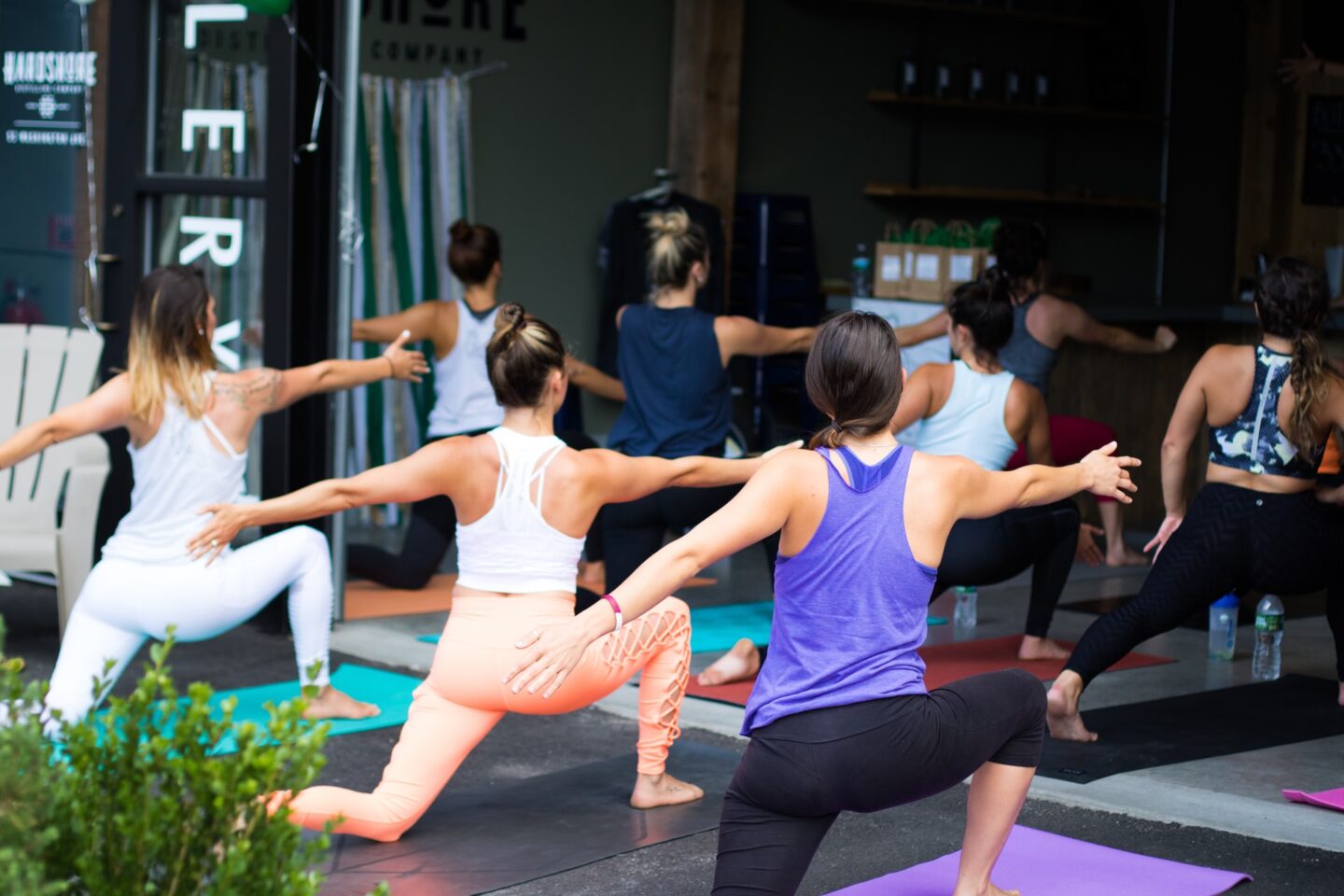
Yoga has one of the richest histories, and its history keeps it going. It’s an Indian oriented cultural practice that has spread all over the world. The practice stabilizes both the body and mind. Yogis benefit a lot, and committed ones turn it into their culture. Yoga needs some equipment; the article has provided you the necessary equipment. As a beginner, you should start with less hectic poses as you progress.

